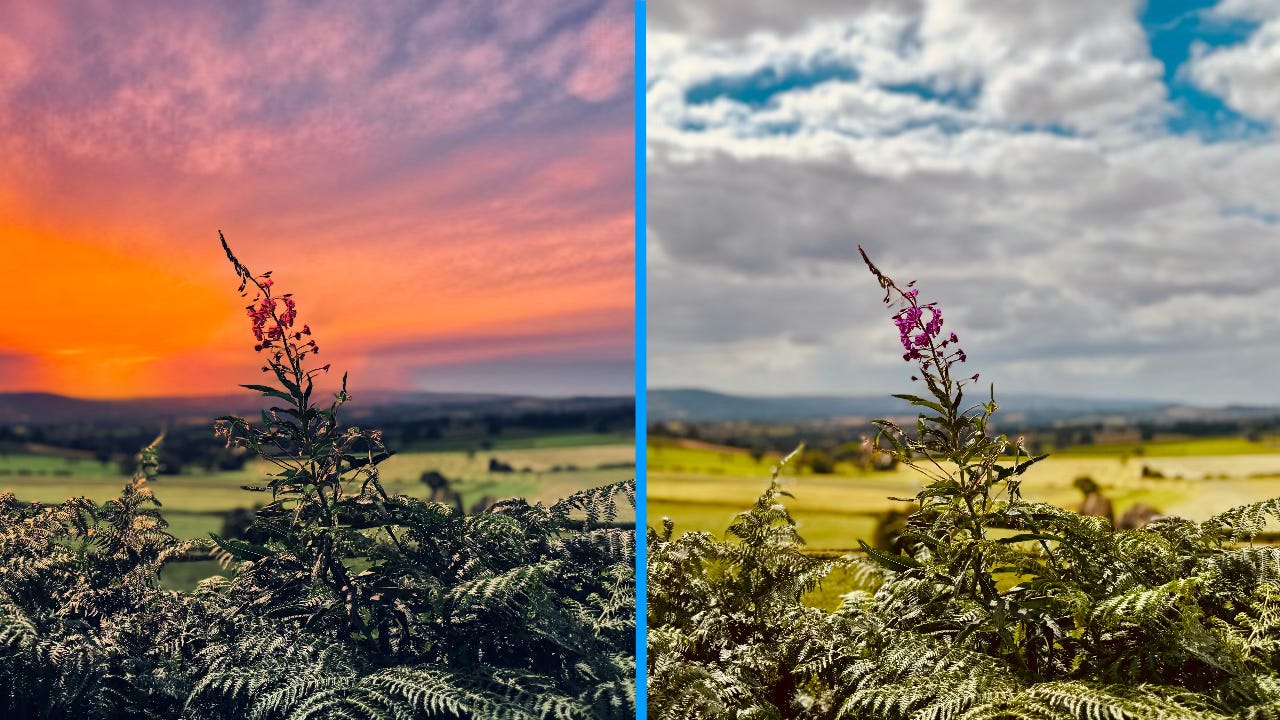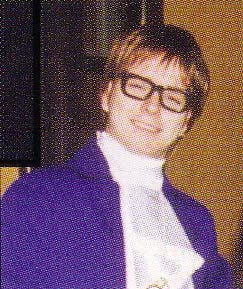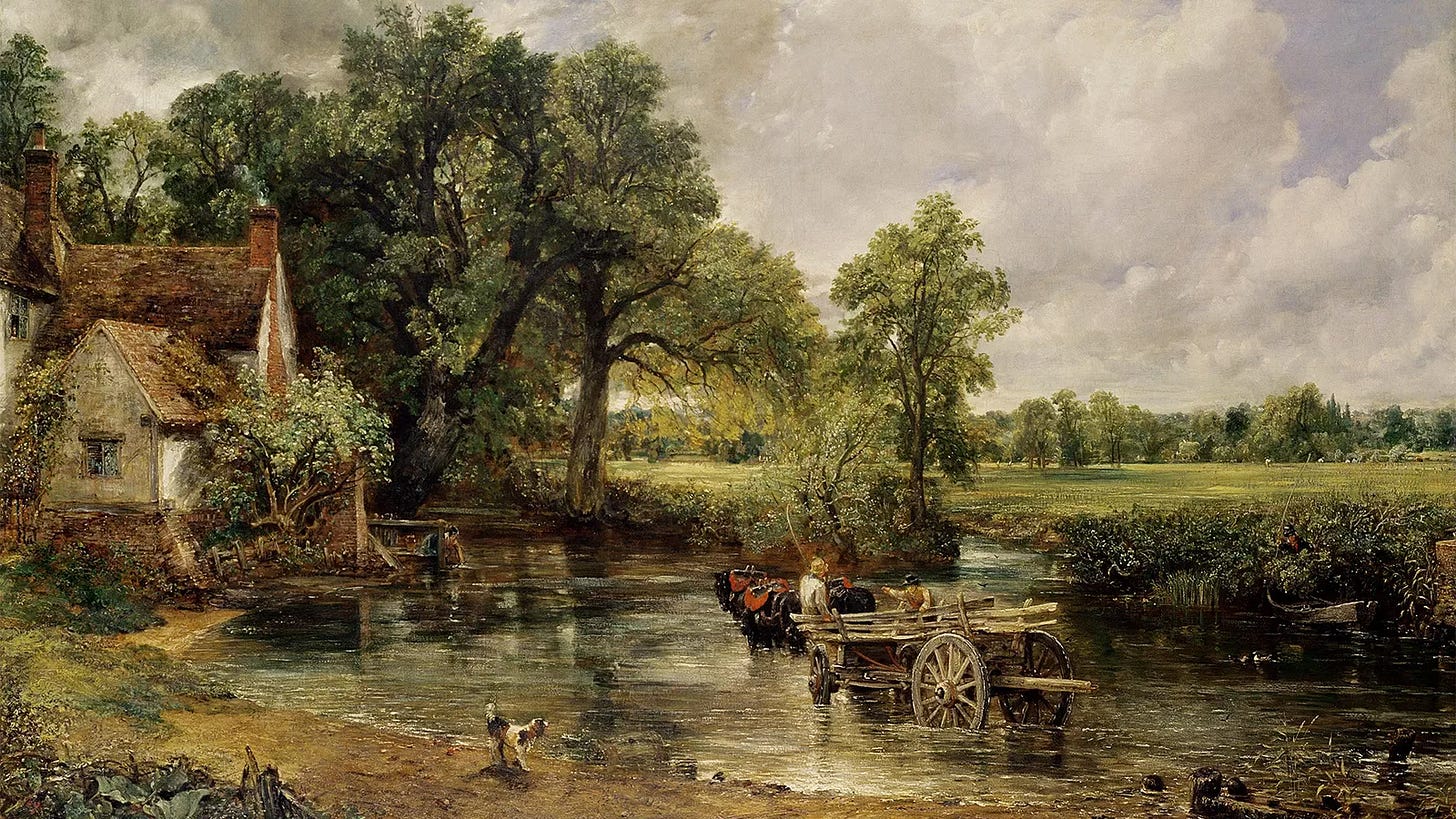It seems that until very recently, answering the question, "What is a photo?" was simple. In my childhood, a photo was just a picture. A moment in time captured on film, frozen forever. It was as close as we could get to preserving memories.
This week, I’ve been branching out and catching up on some tech-focused podcasts that go beyond my usual Apple-centric sources. These episodes brought to my attention news about Google's new Pixel 9 series of phones and, more notably, Google’s Gemini AI and how this combination might further reshape our photography (Google Photos is already doing that to an extent). What was once a simple snapshot has now become something far more powerful and potentially more misleading, thanks to these upcoming, sophisticated tools.
Let’s remind ourselves of the basics as we used to know them: A photograph was a snapshot of reality. It was a way to freeze a moment in time, to keep a memory alive in physical or, more recently, digital form. A baby’s first steps, a family holiday, a stunning sunset—these moments we captured are special precisely because they were real.
But reality is starting to look a bit different these days. Clever AI tools (such as Google's Gemini and Pixel phones) are beginning to allow us to do things with photos that would have been unthinkable a few short years ago. You can now change the sky in your picture from a dull grey to a vibrant blue, shift the colours around to make them more pleasing, and even remove or add people as if they were never there ... or always were! And you can do all of this without any special skills, just a few taps on your phone.
On the face of it, this sounds brilliant. Who wouldn’t want the ability to fix a less-than-perfect photo? After all, we’ve all been there, posing for what should be a lovely shot, only to have it ruined by bad lighting or an unwanted 'extra' in the background. But this new power over our images also raises some tricky questions.
The Truth Behind Our Memories
When you look back at a heavily edited photo, what are you really seeing? Is it a memory of what truly happened, or is it more of a fantasy, a version of events you wish had happened? The line between the two is getting blurrier with each new tech advancement, and that has some significant implications for how we remember the past.
Let’s say you’re flipping through your holiday snaps from a few years ago. There’s a beautiful photo of you on a beach, the sun setting just perfectly behind you. But was the sky really that shade of orange? Were the waves really so calm? Or did you tweak things a bit to make the photo look better? Over time, as you look at that photo again and again, you might start to remember the scene as you see it in the image rather than as it actually was!
This is where things get a bit tricky. Photographs have always been tied to our memories. They help us remember the good and bad times and everything in between. But what happens when the photos we’re looking at don’t show what really happened? If we keep editing our photos to make them look better, do we risk editing our memories too?
There’s something comforting about a photo that shows the truth, even if it’s not perfect. Those imperfections, the dodgy lighting, the slightly blurry focus, and the person who accidentally wandered into the shot are all part of the memory. They remind us that life isn’t perfect, and that’s okay. But when we start changing those things, we’re not just changing the photo; we’re changing how we remember the moment.
I’m not saying we should all return to taking grainy, unedited photos with no filters or enhancements. There’s nothing wrong with wanting to make your photos look as good as possible. But it’s important to remember what we’re doing when we make these changes. We’re not just improving the photo; we’re also, in a way, 'improving' the memory. And that’s something we should consider as we move forward inexorably towards an AI-dominated future.
This problem extends beyond personal photos. Consider the implications for journalism, documentary photography, and other fields where image authenticity is crucial. If every photo can be effortlessly manipulated, how can we distinguish between what is genuine and what has been modified? While it's true that some sectors of this industry have been subtly tweaking their photos for years to enhance their visual appeal without overly altering the actual content, the ease with which modern technology allows for more drastic and undetectable alterations should raise some concern.
Older Tech to Make a Comeback?
As we continue to embrace new technologies, the definition of a photo will likely keep changing. Photography may even move away from being a simple record of reality and more towards being a tool for creative expression. This isn’t necessarily a bad thing - art has always been about interpretation - but it does mean we need to be aware of what we’re doing.
In the future, we might see a growing appreciation for unedited photos, much like how vinyl records have come back in the digital music age. There’s something to be said for the raw, unpolished truth of an image that hasn’t been tampered with. Or, perhaps, we’ll just get more comfortable with the idea that photos are no longer about what really happened but about what could have happened or what we wish had happened.
So, what is a photo today?
It’s a bit of reality, a bit of imagination, and a lot of technology. It’s a tool for telling stories, for creating idealised versions of our memories, for making the past look just a little bit better than it was.
In the end, a photo may no longer be just a simple capture of a moment. It’s something more fluid, changeable, and subject to our whims and desires. Maybe it'll come with a watermark of its inauthenticity? It’s up to us to decide what we want our photos to be. Is it a record of the truth or a reflection of what we wish had been true? The choice is ours, but we should make it with care.
We’re may be entering a future where we know that an AI change has been made - such as YouTube videos needing you to tick an AI box or ChatGPT wanting you to watermark an AI-generated video with a few little moving lines in the bottom corner. But despite all these marks, will we choose to prefer the lie?
The Influence of Art on Photography
Think back to the time before cameras were invented. Before the art of photography, we had paintings, which were the only way to allow people to capture and preserve memories in a visual form. There was a tendency to tweak things even in this medium, wasn’t there? Artists (as they still do now) often painted scenes that were more idealised versions of reality. As a child, I remember seeing a printed version of a famous painting - possibly by John Constable - of a large horse standing by a river near a quaint English cottage. The scene was so perfect that it almost seemed too good to be true. And maybe it was.
Artists, like photographers, often add a little extra charm or remove something less pleasant to create the scene they want to remember or others to perceive.
So perhaps this idea of altering our images isn’t all that new after all. We’ve always been a bit prone to tweaking our memories, whether with a paintbrush or with pixels. The tools have changed, but the desire to create a perfect image, a perfect memory, remains the same. It’s just that now, the technology makes it so much easier, and perhaps a bit more tempting, to do so.
The Impact on Society and Perception
Let’s also consider the social aspect. When sharing edited photos online, are we just sharing our lives or an idealised version that makes others feel inadequate? We’ve all seen those perfect Instagram feeds where every photo looks like it was taken in a dream. But behind those perfect shots might be hours of editing, tweaking, and filtering. When we compare our unedited lives to these curated images, it can lead to unrealistic, real-world impacting expectations.
It's easy to get caught up in the excitement of new technology and its possibilities - I often do. AI tools offer incredible creative freedom, and that’s something to be celebrated. But as with any tool, it’s all about how we use it. We must be mindful of the impact our edited photos might have on ourselves, others, and even history.
The humble photo has come a long way from its origins as a simple record of reality. Today, it’s a powerful tool for creativity, expression, and, indeed, deception. We need to ask ourselves not just, “What is a photo?” but “What do we want a photo to be?” Whether we choose to embrace the possibilities of editing or hold on to the unvarnished truth, it’s important to remember that every photo tells a story. It’s up to us to decide what kind of story we want to tell.
Connect with me here: X | YouTube | Instagram | Threads
Subscribe to my YouTube channel: The Spark
Gift me a virtual coffee: BuyMeACoffee
Buy stuff: Affiliate Page







Interesting ideas I have never thought about. Thanks Mark